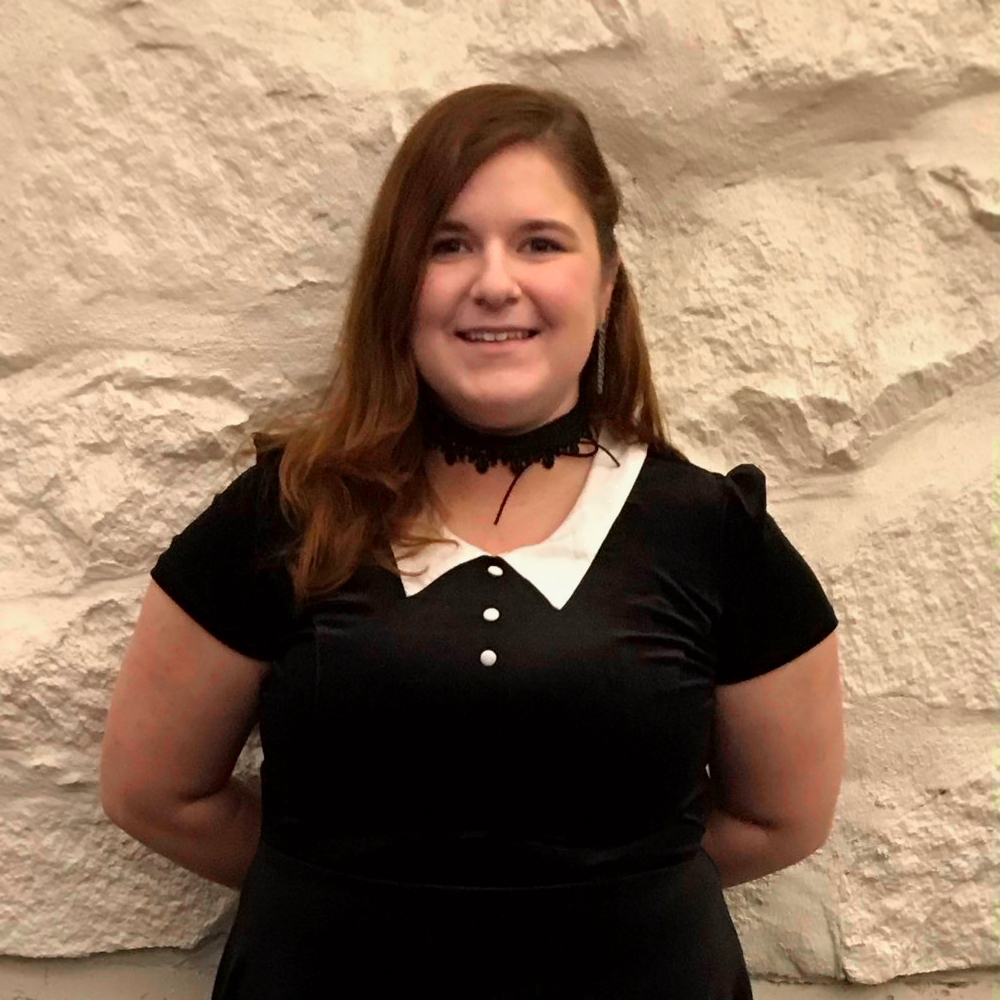Below is a summary of the abstract you submitted. Presenting author(s) is shown in bold.
If any changes need to be made, you can modify the abstract or change the authors.
You can also download a .docx version of this abstract.
If there are any problems, please email Dan at dar78@pitt.edu and he'll take care of them!
This abstract was last modified on May 2, 2018 at 10:20 p.m..

A bacteriophage is a virus that infects bacterial cells, reproduces inside the host cells, and can lyse open the host cell in order to spread to other bacteria. At the University of Mary, the phage Poenanya was discovered and amplified in the Phage Discovery semester. This process began with the isolation and extraction of this phage from a river sample located near the University of Mary in Bismarck, ND. Using Mycobacterium smegmatis mc2 155 as the bacterial host cell, Poenanya was amplified to acquire a sufficient amount of the phage for DNA extraction and TEM imaging. In the Bioinformatics semester, genome sequencing of Poenanya assigned this phage to the F1 cluster of bacteriophages and the annotation revealed that the phage contains 109 genes total. Some of the genes include structural genes of the capsid, tail and minor tail proteins. Other genes include immunity repressor and anti-repressor as well as integrase genes for becoming a lysogen. Our results also show whether Poenanya had the ability to infect alternative Mycobacterium species host cells.


